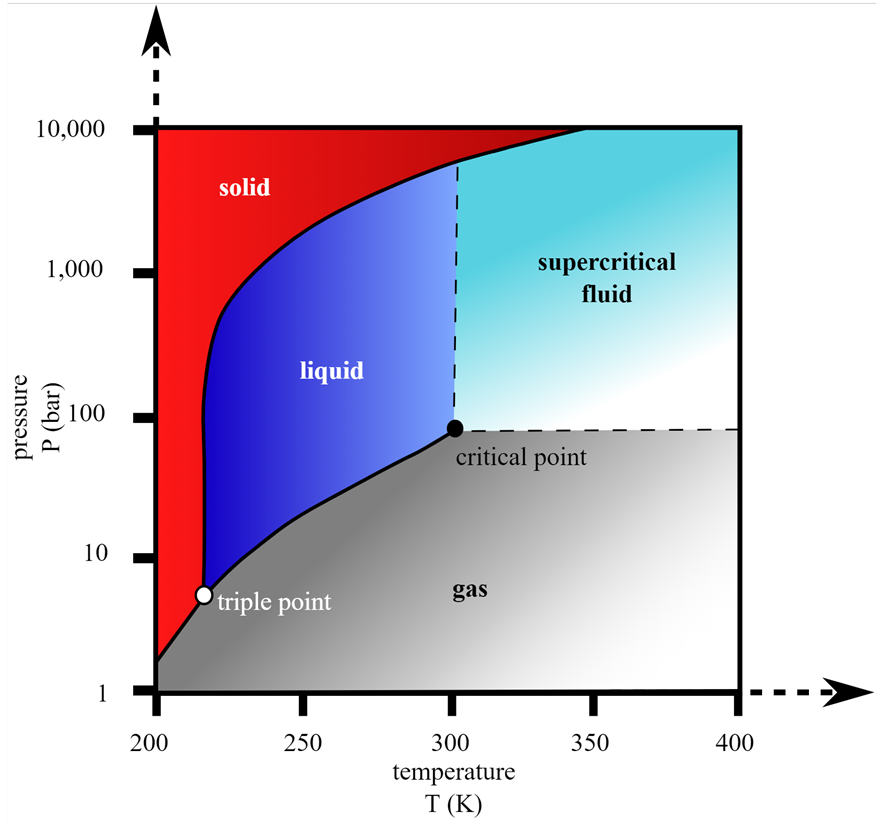Technology Advances for Blue Hydrogen and Blue Ammonia
ANNUAL REVIEW 2019: Blue hydrogen – defined as the version of the element whose production involves carbon capture and sequestration (CCS) – represents an alluring prospect for the energy transition. The primary “blue” feedstocks, natural gas and coal, currently set the low-cost benchmarks for storable energy commodities. With the addition of CCS, they are expected to set the low-cost benchmarks for low-carbon storable energy commodities. Blue ammonia is very much included in this frame of reference since CCS could be applied to the CO2 waste stream from the Haber-Bosch process. But neither blue hydrogen nor blue ammonia are sure things; a variety of technical, financial, regulatory, and social issues could stand in the way of their widespread adoption. But work on new technologies that have the potential to ease the way for blue products has come increasingly into view over the last twelve months.


